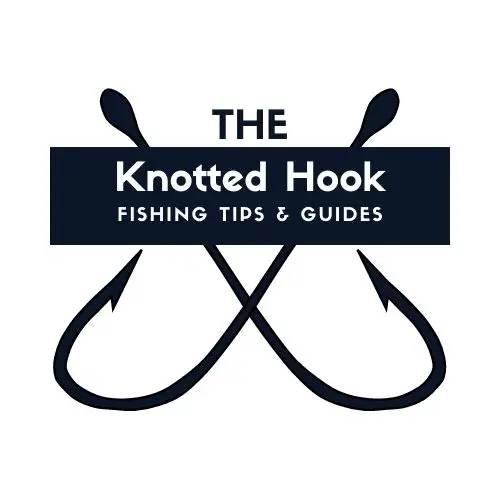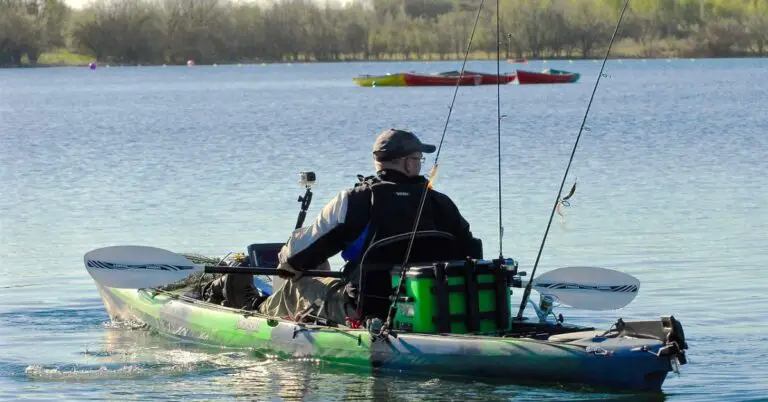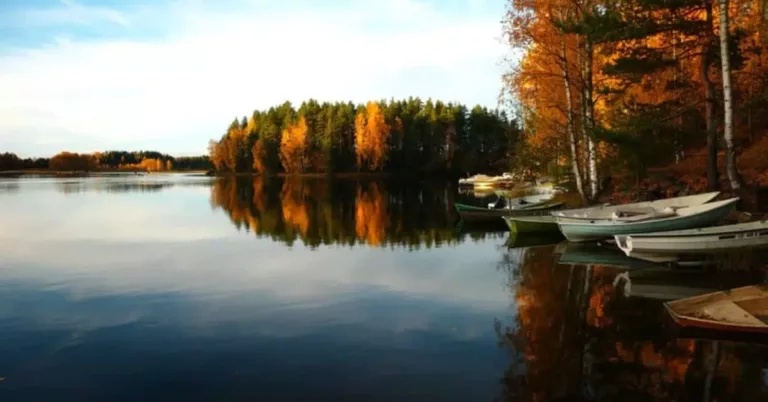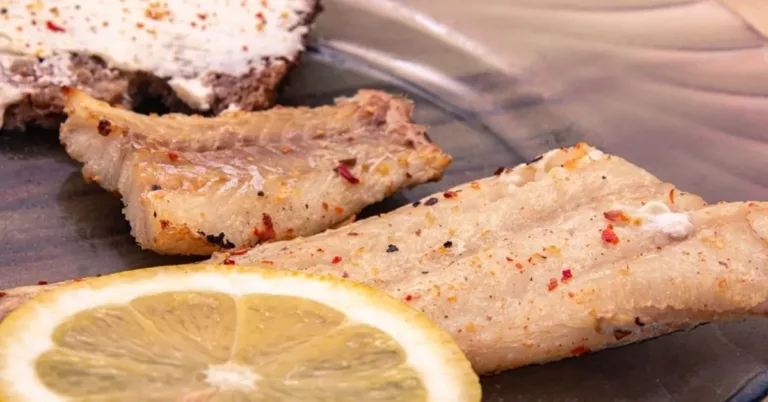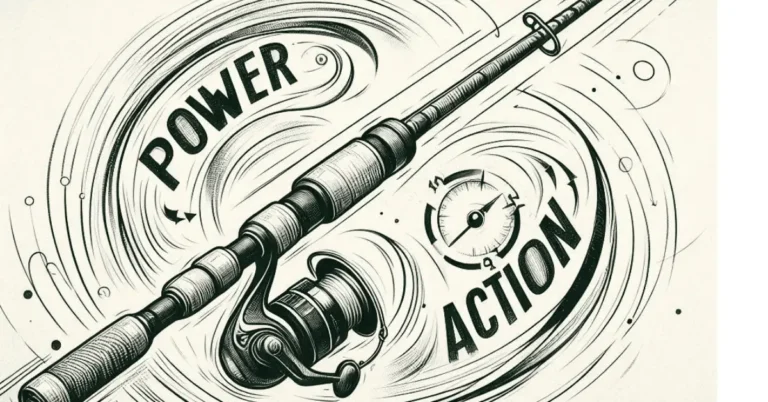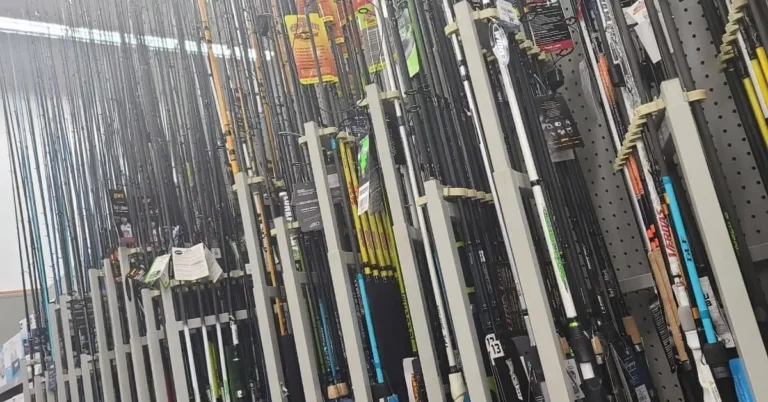Learn How to Troll for Crappie – Gear, Rigs and Technique
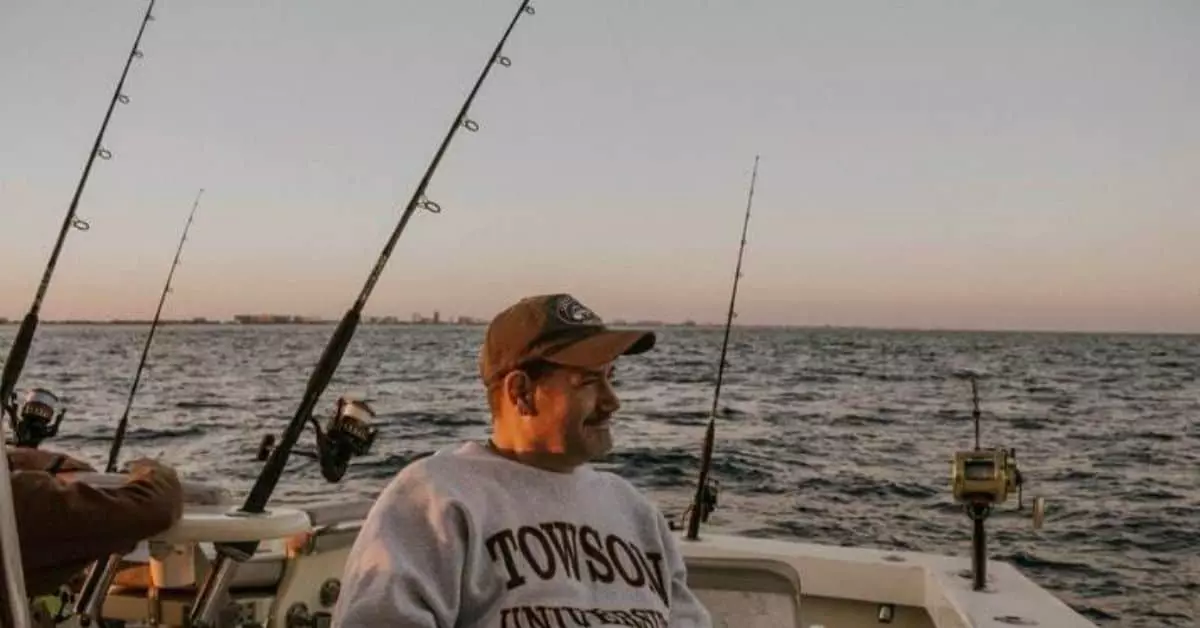
Trolling for crappie often uses a form of spider rigging. The idea here is that each angler is using multiple rods set up in a manner that they will not tangle up. By trolling this type of rig it allows you to cover some distance and is especially useful along old road beds and underwater channels.
A quick and dirty lowdown of Trolling for Crappies:
To troll for crappie, use a spider rig to space the rods out and avoid tangling the lines. These rods can run off the front or rear of the boat. Using a depth finder and trolling motor cruis along the edge of channels or old road beds at around .5 mph allowing the lines to straight hang about a foot from the bottom.
More on spider rigs can be found in our article that goes into detail on what to use and how to set it up.
Selecting a Location to Troll for Crappie
When trolling for crappie, it is important to select a location based on the behavior of crappie during that time of year. During the prespawn of January through early march, troll along the slopes just off of spawning grounds. Often the fish will prestage in these areas.
During spawn, usually trolling isn’t necessary just reel them in. though if you wish to troll, target the drop-off right next to the spawning grounds as well, you may find that larger fish tend to be slightly off from the spawn and slightly deeper.
As you enter the summer season, focus your trolling in deeper waters near known underwater cover. Brush piles, attractors, and old bridge pilings are all excellent locations to check.
Entering into the fall, the crappie will be chasing bait fish so seek them out near the entrances to coves, and along the ledges of underwater creeks, roads and other natural lines of travel for the bait fish.
Setting up Your Rods
The gear for trolling is very similar to that you would use in stationary spider rigging.
Most spider rigging is done using 13 to 16 foot rods in order to keep the lines apart. This is even more important when trolling as the lines will move around somewhat in the water.
For trolling, I prefer to rig a double hook set up with a bell or bullet weight at the end of the line.
To rig this place a 1⁄2 ounce bullet weight at the end of your line, then 12 inches above that tie a small loop in the line and attach a hook, you can add a 10 to 14 inch leader line here if you want as the trolling momentum will allow it to extend out behind your line. About 12 inches above that loop and leader tie a second loop and leader.
Bait with a jig of your choice and you can tip that with a minnow as well for added temptation.
Some anglers prefer to use a different color jig tail on each hook until they figure out what the crappie are hitting in the present conditions. Some of the more popular colors include chartreuse, green, black and multi-colored. I like to use a white with silver spots such as the Strike King Rage Swimmer.
Once your lines are set up you will lower the line all the way until it touches the bottom and then raise it back up about a foot. You will know when you reach the bottom as the tip of your rod lifts up slightly. Place this rod in your holder and repeat for each additional rod you have.
Many holders are designed to hold more than one rod and there are several designs which help with positioning on a specific type of boat. Select one that works best for you.
Some anglers prefer to use 6 off the front of the boat, while others prefer to fish off the back. For slightly faster trolling you can run several rods off each side, however, I find these often tangle.
If you are using a boat with a wider base, say a pontoon boat or even a flat-bottom jon boat then you can often add even more rods. Try to keep the points where they enter the water at least 3 feet apart from each other to avoid tangles.
Set Your Trolling Speed
With the weight suggested above, you want to keep your trolling speed at around .03 to .04 mph. If you wish to move a little faster then you can increase the weight up to around 1 to 1.5 ounces.
This heavier weight will allow the line to remain almost vertical as you move around. Even so I wouldn’t exceed speeds of about .7 to .9 mph.
I do recommend the slower speeds though, especially in the colder times of the year as the fish are more sluggish and may not come after a bait that they have to chase.
Additional Tips for Trolling Crappie
There are numerous factors to consider when hunting crappie, these include things such as depths, water clarity, time of year, water temperatures and even the presence of other food supplies in the water system.
With all of those variables in mind, here are a few tips you can use to help fine-tune your presentation.
- Vary the depth of your rods.
Since you are spider rigging and will most likely be using several poles, until you have fine-tuned in the depth that the fish are holding at, set each of your rods at different depths. I like to run three rods off each side of the bow and set each side at three different depths until I see what depths the strikes are coming from.
- Vary the bait you are presenting.
Since crappie can change their appetites on a whim, I like to present several options, sometimes I may run just minnows, while other times I prefer jigs. When I am spider rigging I will often alternate minnows and jigs through each pole. This presents both types of baits at various depths and across a wide swath of water.
- Use several colors and styles of jigs and tails.
While some people stick with a chosen bait, I tend to like to vary my jigs up. I will use a mixture of colors, tail styles and even the hair jigs on occasion. Put an assortment of these on your lines until you see what the crappie likes the most.
- Depth Finders / Live Views are your friend.
With modern advances in depth finders you can get an extremely clear view of what is going on below the surface. Use this to your advantage. Scout for signs of fish below the surface in the specified locations for that time of year. I see it like this, the first thing you need to catch fish is fish. Without any fish it doesn’t matter what hooks, rods lines or bait you use. You still aren’t going to catch any.
- Ice for your catches
While Ice will not improve your catch rate, it will help to keep your fish fresh until you are ready to clean and eat them.
Conclusion – How to Troll For Crappie
Trolling for crappie is not a difficult task it just takes a little preplanning, much of the gear you will likely already have and can get started right away so remember;
To troll for crappie, use a multi rod spider rig on the front or rear of your boat, bait with a combination of minnows and jigs. Lower the lines down in an area you suspect contains crappie, use a trolling motor move at about .4 mph trailing the lines. The additional rods increase the chances of a catch.
